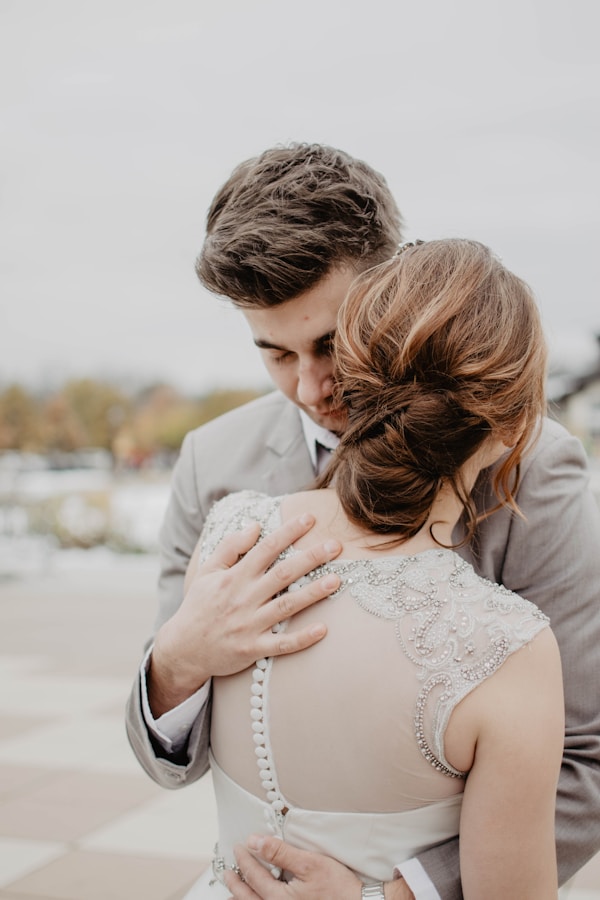What Methods Are Used to Create a Wedding Dress with Unique Sleeve Designs?
What Methods Are Used to Create a Wedding Dress with Unique Sleeve Designs?
Introduction to Unique Sleeve Designs in Wedding dresses
A wedding dress is often one of the most cherished garments in a woman’s life, symbolizing love, commitment, and individuality. Among the various elements of a wedding dress, the sleeves hold a significant place in defining its overall style and elegance. In recent years, brides have increasingly sought unique sleeve designs that reflect their personality and taste. But what methods are used to create these stunning and distinctive sleeve designs? In this article, we will explore the different techniques and materials employed in crafting beautiful wedding dress sleeves.
1. Understanding Sleeve Styles
Before diving into the methods of creation, it’s vital to understand the various sleeve styles that can be incorporated into a wedding dress. Some popular styles include:
- Cap Sleeves: Small and delicate, these add a touch of elegance without overwhelming the dress.
- Long Sleeves: Ideal for a classic look, long sleeves can be made from various fabrics.
- Bell Sleeves: These charming sleeves flare out from the elbow, adding a whimsical touch.
- Off-the-Shoulder Sleeves: This style showcases the shoulders and collarbone, perfect for a romantic vibe.
- Lace Sleeves: Often used for a vintage look, lace can bring an air of sophistication.
2. Techniques for Creating Unique Sleeve Designs
The craftsmanship behind unique sleeve designs requires a deep understanding of fashion design principles and sewing techniques. Below are some methods commonly used by designers:
2.1 Draping
Draping is a technique where fabric is arranged and pinned on a dress form to create the desired look. This hands-on method allows designers to visualize how the fabric moves and folds, making it ideal for discovering innovative sleeve shapes and silhouettes. For instance, a designer might use draping to create a billowy, romantic bell sleeve by experimenting with the fabric's weight and structure.
2.2 Pattern Making
Once a concept is finalized, creating a pattern is essential. Designers sketch their sleeve designs and then create a paper pattern that serves as a blueprint for cutting fabric. This allows for precision and ensures that each sleeve is consistent in size and shape. Custom patterns can elevate a design by allowing for unique features like dramatic openings or intricate lines.
2.3 Fabric Selection
The choice of fabric can dramatically influence the look and feel of the sleeves. Some popular fabrics for unique sleeve designs include:
| Fabric Type | Characteristics |
| Chiffon | Lightweight and flowy, perfect for ethereal designs. |
| Lace | Provides texture and elegance; ideal for vintage-inspired dresses. |
| Satin | Luxurious and smooth, giving a sleek appearance. |
| Tulle | Stiff and structured; great for dramatic sleeves. |
Using the right fabric allows for the desired amount of volume, structure, and movement, which is crucial when creating unique designs.
3. Adding Unique Elements
After the basic design is established, designers often look to enhance their sleeve designs with unique elements:
3.1 Embellishments
Embellishments such as beading, embroidery, or appliqués can transform a simple sleeve into a stunning feature. These decorative elements draw attention and can reflect a bride’s personal style. For example, intricate floral embroidery can bring a romantic feel to an otherwise simple dress.
3.2 Layering Techniques
Layering different fabrics can create a 3D effect that adds depth and visual interest to sleeves. For instance, a lace overlay on a satin sleeve can provide contrast and texture. Layering can also be used to introduce color; for example, a white dress with a soft blush underlayer can create a fashionable, Modern wedding look.
3.3 Asymmetry
Asymmetrical sleeve designs are a contemporary trend that allows for creativity and self-expression. This could be a one-shoulder sleeve, which is both modern and chic, or incorporating different lengths on each sleeve. Asymmetry can also be achieved through unconventional placements, such as having a sleeve that extends down past the wrist on one arm.
4. The Role of Technology in Sleeve Design
In recent years, technology has played an essential role in the fashion design process. 3D modeling software allows designers to visualize their concepts before moving to physical samples. This technology enables experimentation with various materials and combinations that might not be feasible in a traditional design process.

5. Inspiration from Fashion Trends
The wedding industry constantly evolves, influenced by current fashion trends. Designers often draw inspiration from various sources, such as:
- Celebrity Weddings: Public figures who showcase unique and stunning gowns often set trends.
- Fashion Weeks: Runway shows present avant-garde ideas that may trickle down to bridal wear.
- Historical Styles: Vintage elements regularly inspire modern designs, giving a timeless quality to the sleeves.
6. Conclusion: The Importance of Unique Sleeve Designs
In summary, creating a wedding dress with unique sleeve designs involves a blend of traditional techniques and modern designs. From draping and pattern making to fabric selection and embellishments, each step contributes to the overall aesthetic of the gown. Couples planning their weddings should not underestimate the impact of unique sleeve designs, as they can serve as a beautiful expression of personal style and significance. When choosing a wedding dress, brides should consider how the sleeve design complements the rest of the gown and corresponds with their vision for their special day.
Remember that collaboration with a skilled designer or bridal boutique can help bring your dream sleeve design to life, making your wedding day even more unforgettable.
